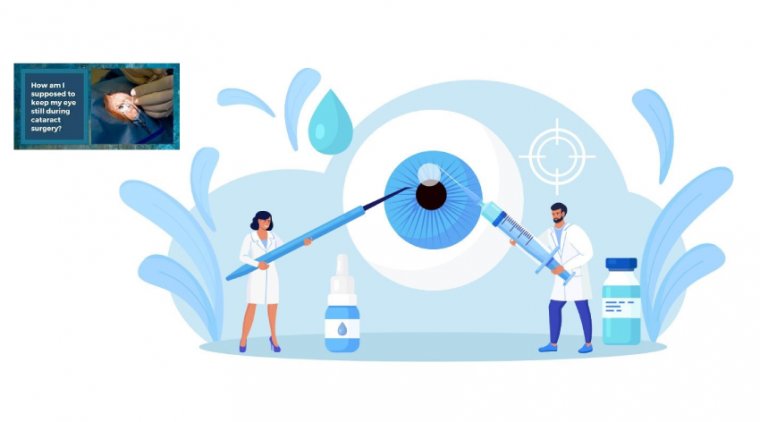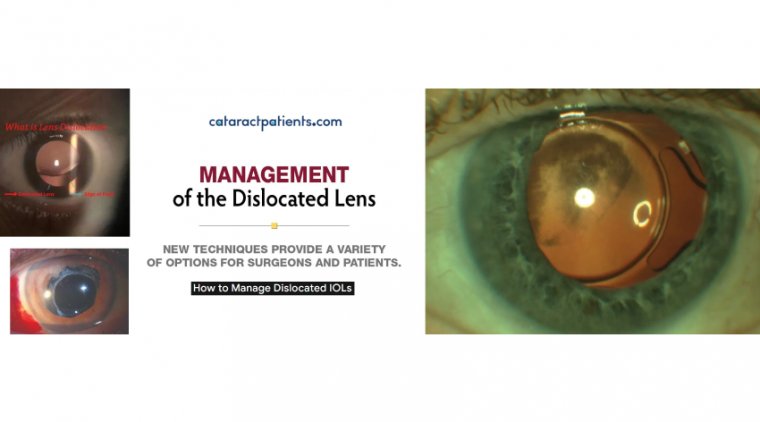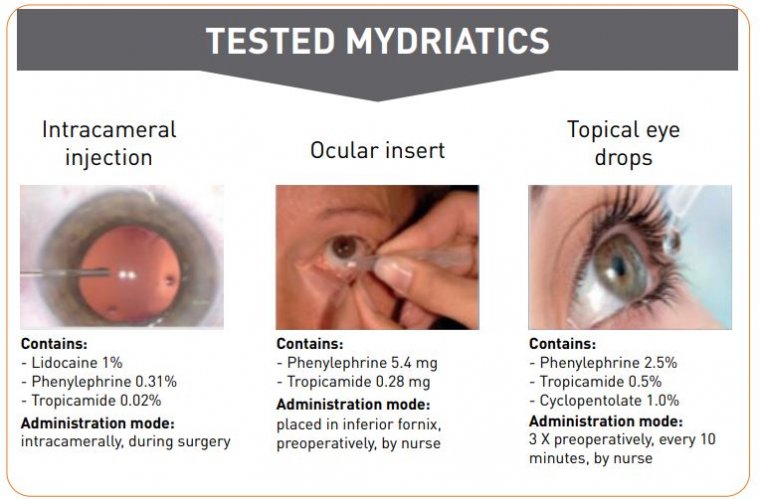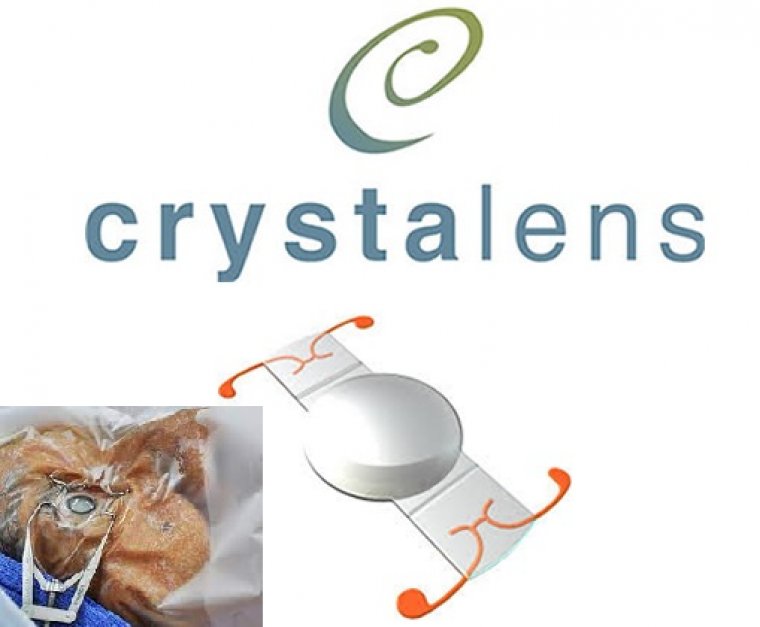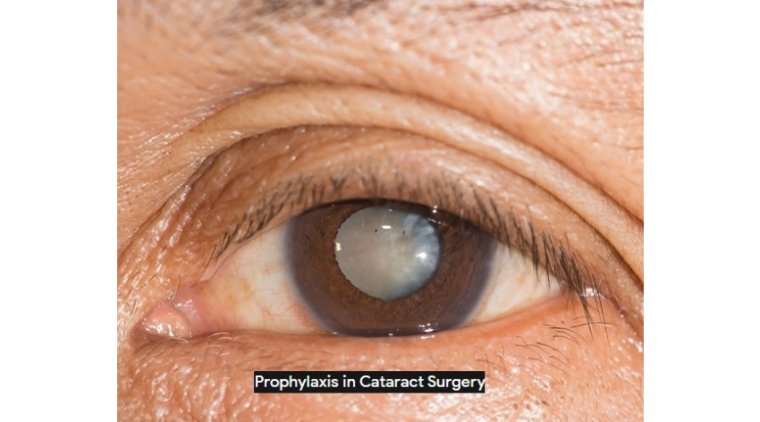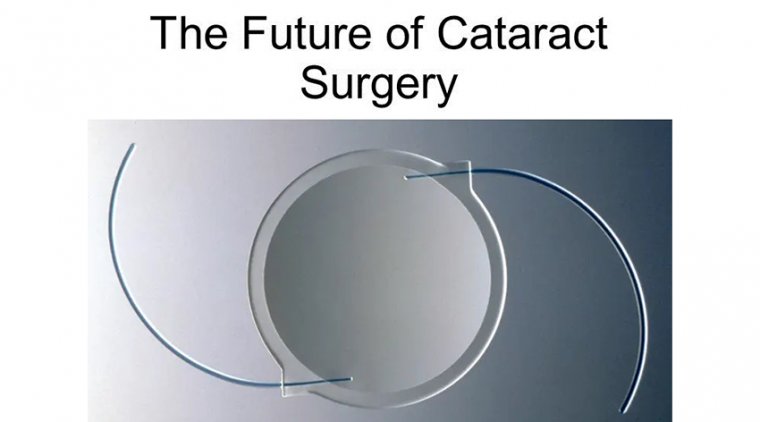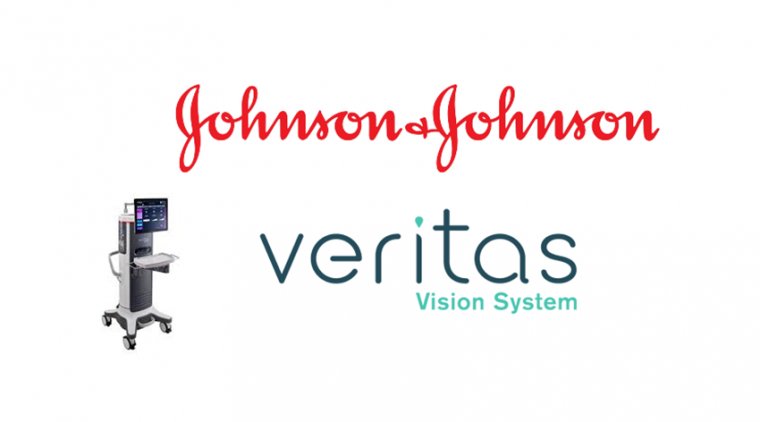
J&J Vision’s Next-Generation Phacoemulsification Machine “The VERITAS Vision System”
The VERITAS Vision System is a modular ophthalmic microsurgical system that facilitates anterior segment (i.e., cataract) ophthalmic surgery. The modular design allows the users to configure the system to meet their surgical requirements.
J&J Vision’s next-generation phacoemulsification machine “The VERITAS Vision System” offers innovations in fluidics management and usability.
Phacoemulsification is the most common cataract surgery operation performed. But this very successful technique, which allows ophthalmologists to efficiently emulsify and remove the eye’s internal lens when it becomes cloudy from cataracts, is also “an exacting and taxing procedure for cataract surgeons,” says Rajesh K. Rajpal, MD, chief medical officer and global head of clinical and medical affairs at Johnson & Johnson Vision.
And so the company designed the new Veritas Vision System to improve a surgeon’s user experience — “optimizing features for safety and efficiency, with improvements in fluidics and ergonomics,” says Dr. Rajpal.
“The system features technologies that allow surgeons to guide through any lens density with less surge and more stability.” Jason J. Jones, MD, medical director at the Jones Eye Clinic in Sioux City, Iowa, has used the Veritas system for every type of cataract case, from very dense to very soft lenses.
“I have been impressed with the excellent patient outcomes,” he says.
EXCELLENT ERGONOMICS
According to Marjan Farid, MD, professor of ophthalmology and director of cornea, cataract and refractive surgery at the Gavin Herbert Eye Institute at UC Irvine, the Veritas is intuitive and has a minimal learning curve.
The new handpiece is very light, weighing 46.5 grams. “A swivel feature gives surgeons great control over the phaco needle using just the fingertips, without rotating the wrist,” she says. “You can get up to 220° rotation of the distal end of the handpiece, while the proximal end remains stationary.” Dr. Jones praises the handpiece as well.
“My hands are large, so I was concerned that the device would be too small for me. But, I found that the combination of the handpiece and tubing results in a much more relaxed surgical experience. The angle of the handpiece is such that the tubing and power cables drape away and over the hand.
This requires much less energy and arm/ hand muscle tension to hold and manipulate the handpiece.” Dr. Jones says the new dual durometer aspiration tubing is also unique.
It has a thin inner layer made from a firm material that minimizes the variability of fluid volume in the tubing under maximum vacuum, which ultimately reduces line surge and enhances chamber stability.
“The outer layer is more flexible and easy to work with,” he says. “It has less ‘memory,’ so it doesn’t kink or pull on the handpiece during procedures.”
BIG IMPROVEMENTS
Dr. Jones says that some of the Veritas’ features represent dramatic improvements compared to similar systems that he has used.
For example, gas-forced infusion increases irrigation flow with pressurized air (22 mm Hg), providing the equivalent of an extra 30 cm of infusion bottle height. “In foot pedal position one, there is just gravity pressure, so if I have the bottle at 60 cm, I get 60 cm of pressure,” Dr. Jones says.
“As I transition to positions two and three, however, I instantaneously get the equivalent of 90 cm of pressurization, available just when I need it. Without changing settings, I get higher irrigation pressure to deepen the anterior chamber and expand the working space.”
Dr. Farid also appreciates the new foot pedal. It “has a lower starting angle (12°) and less treadle travel, which minimizes leg fatigue during surgery,” she says. “It’s responsive and adapts well to smaller feet, which is a great ergonomic improvement I think other female surgeons will appreciate,” she says.
CLINICAL APPLICATIONS
Dr. Jones says the handpiece and ergonomic tubing changes will be especially noticeable for high-volume surgeons who perform many cases a day, as well as for unusually long cases where greater maneuverability becomes a real asset.
“Surgeons who operate in older operating rooms with low ceilings will appreciate the on-demand advanced infusion, because it provides a broad range of pressurization (up to 136 cm of bottle height) without the need to raise the bottle height,” Dr. Jones says.
“Surgeons will find that the fluidics are most efficient with a 21-gauge phaco tip.” As someone who trains residents and fellows, Dr. Farid says chamber stability is of utmost importance because it enhances safety for new surgeons.
“The Veritas has Proactive Pressure Control, which means it continuously monitors vacuum and automatically responds to occlusion, working throughout a procedure to keep the chamber calm and stable,” she says.
“Thanks to its great chamber stability, I’m particularly excited to have it for trainees and for the more complex cases that get referred to us at the university, including traumatic cataracts and pseudo-exfoliation with zonular instability.”


